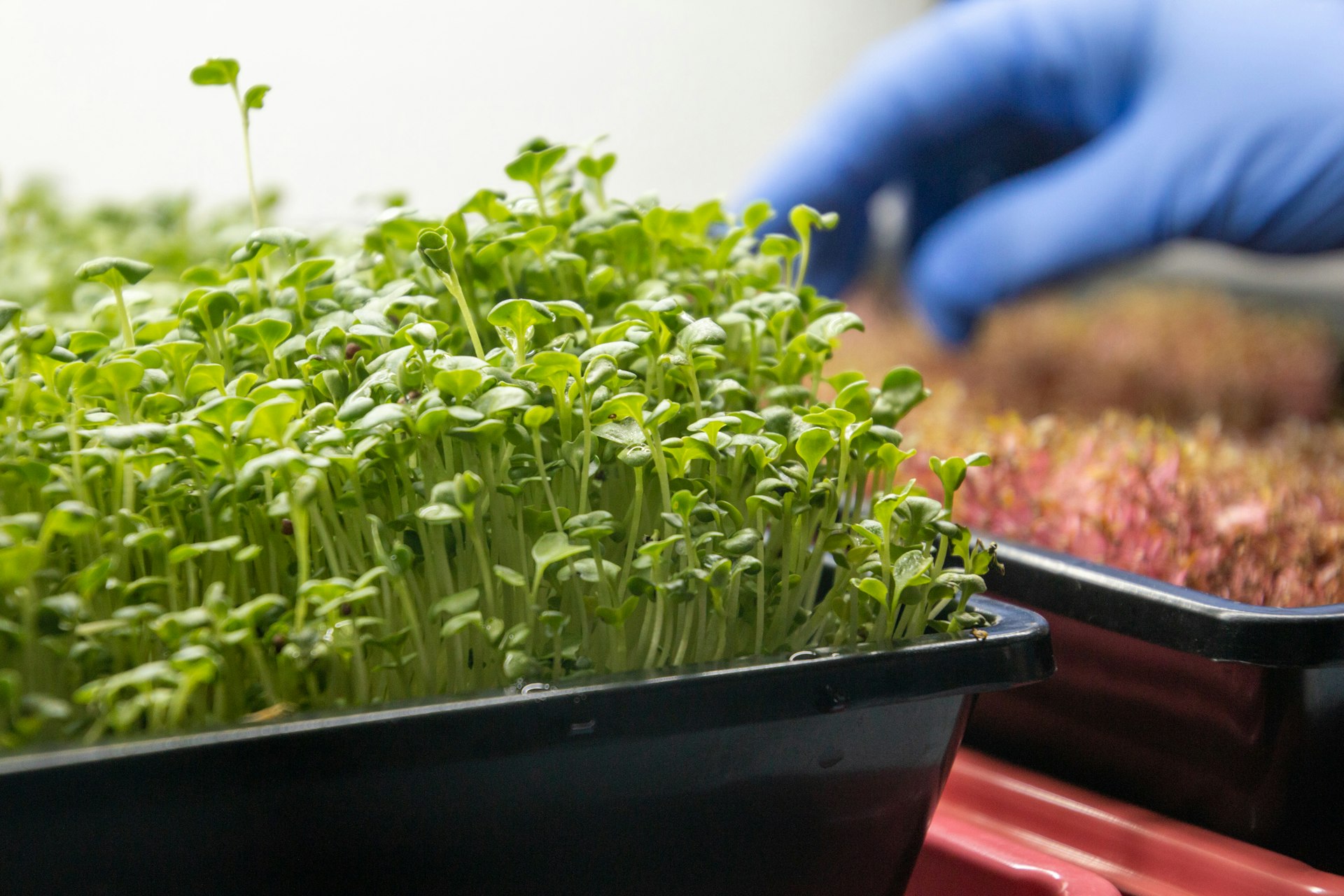How Ancient Grains Are Transforming Modern Cooking: Practical Tips, Benefits, and Recipes

Photo by Aditya Sethia on Unsplash
Introduction: Rediscovering Ancient Grains in Today’s Kitchens
Across the globe, interest in ancient grains is rising as home cooks and chefs turn to these time-honored staples for both their nutritional benefits and culinary possibilities. Unlike modern, heavily processed grains, ancient grains such as farro, millet, quinoa, teff, spelt, sorghum, and freekeh have remained genetically unchanged for thousands of years. Their unique flavors, textures, and health advantages are winning over those seeking wholesome, varied diets. This article explores how you can bring ancient grains into your modern kitchen, what benefits they offer, and actionable steps to get started.
What Are Ancient Grains and Why Are They Making a Comeback?
Ancient grains are defined as grains or grain-like seeds that have been cultivated and consumed for centuries without significant genetic modification. Examples include barley, amaranth, bulgur, farro, spelt, kamut, millet, quinoa, teff, sorghum, and freekeh. Unlike modern wheat and corn, these grains are typically less processed, meaning they retain more nutrients and fiber. Their resurgence in modern cooking is attributed to their robust flavors, nutritional value, and suitability for a variety of diets, including those seeking gluten-free or lower-gluten alternatives [1] [2] .
In addition to being more nutritious, ancient grains are celebrated for their culinary diversity. They can be used in salads, soups, breads, main dishes, and even desserts, making them a versatile addition to any kitchen [3] .
Nutritional Benefits and Health Advantages
One of the main reasons for the renewed interest in ancient grains is their superior nutritional profile . Many ancient grains are rich in protein, fiber, vitamins, and minerals. For example, freekeh is high in protein and fiber but low on the glycemic index, making it a favorable option for those managing blood sugar [4] . Farro, bulgur, and quinoa also provide essential amino acids, iron, magnesium, and antioxidants.
For people with gluten sensitivities, certain ancient grains such as millet, quinoa, and teff are naturally gluten-free. However, always verify packaging and cross-contamination risks for those with celiac disease. The high fiber content in most ancient grains supports digestive health and may help manage cholesterol and promote satiety, which can contribute to weight management [1] .
How to Incorporate Ancient Grains into Everyday Cooking
Bringing ancient grains into your kitchen is easier than you might think. Here are step-by-step instructions to start using them in your daily meals:
- Start with Familiar Substitutions : Replace white rice or pasta with farro, barley, quinoa, or freekeh. For example, use farro in risotto or bulgur in tabbouleh.
- Explore New Recipes : Many food blogs and cookbooks offer modern takes on ancient grains. For instance, try a freekeh pilaf, barley salad with figs and apples, or quinoa bowls with roasted vegetables [4] [3] .
- Experiment Gradually : Begin by adding ancient grains to soups, stews, or breakfast bowls. Many grains, like millet and amaranth, cook quickly and absorb flavors well.
- Understand Cooking Techniques : Each grain has its own optimal cooking method. For example, farro generally requires simmering in water for 30-40 minutes, while quinoa cooks in about 15 minutes. Always rinse grains before cooking to remove debris and some natural bitterness.
- Buy in Small Quantities : Purchase small amounts from bulk bins or specialty stores to sample different grains and find your favorites.
Popular Ancient Grains: Profiles and Uses
Freekeh : This roasted green wheat from the Middle East cooks in about 20 minutes and features a nutty, chewy texture. Use it in pilafs, soups, salads, or as a base for grain bowls [4] .
Farro : An Italian favorite, farro is high in protein and fiber, and adds a pleasant chew to salads and risottos. It can be used in everything from breakfast porridge to hearty stews [2] .
Quinoa : Known for being a complete protein, quinoa is quick to cook and works well in salads, as a side, or in baked goods. Its mild flavor makes it a versatile pantry staple.
Bulgur : Often used in Middle Eastern dishes like tabbouleh, bulgur is partially cooked and cracked wheat that cooks quickly-ideal for fast, nutritious meals.
Teff : Essential in Ethiopian cuisine, teff is a tiny, gluten-free grain packed with iron and calcium. It is the main ingredient in injera flatbread and can be used in porridges or baked goods.
Real-World Examples and Case Studies
Maria Speck’s cookbook
Ancient Grains for Modern Meals
showcases how these ingredients can be integrated into a wide range of dishes, from breakfast to dessert. Recipes like leek salad with grilled halloumi and rye berries, barley salad with figs and apples, and lemon quinoa with currants and dill illustrate the grains’ versatility and appeal
[3]
[5]
. Registered dietitians also recommend ancient grains for their high fiber and nutrient density, and leading food communities provide dozens of easy-to-follow recipes for every skill level
[4]
[1]
.
Challenges and Solutions in Using Ancient Grains
Some cooks are unfamiliar with the textures or flavors of ancient grains, or may be unsure how to prepare them. Overcoming these barriers is possible by:
- Starting with small amounts and mixing with familiar grains.
- Relying on reliable recipes from trusted sources and food blogs.
- Adjusting cooking times and liquid ratios as needed, since some grains absorb more water or require longer cooking.
For those with dietary restrictions, always check packaging for gluten content, as some grains (like spelt and farro) contain gluten, while others are naturally gluten-free.
Finding and Purchasing Ancient Grains
Ancient grains are widely available at health food stores, major supermarkets, and online retailers. Look for them in the bulk section for experimentation without committing to large quantities. When searching online, use terms like “buy ancient grains” along with the specific type (e.g., “buy quinoa online”) to find reputable sources. If you prefer to support local businesses, ask your neighborhood grocer about their selection of ancient grains or check farmers’ markets for regionally grown varieties.
For additional recipes and preparation tips, consider visiting well-established cooking resources and community sites. For example, The FeedFeed and Live Eat Learn offer curated collections of modern ancient grain recipes from home cooks and professionals [1] [2] .
Step-by-Step: Cooking with Ancient Grains
To start cooking with ancient grains, follow these general steps:

Photo by Joris Molenaar on Unsplash
- Select Your Grain: Choose based on flavor, texture, or your dietary needs.
- Rinse and Inspect: Rinse grains under cold water to remove dust and debris.
- Measure Liquid: Most grains require 2-3 parts water to 1 part grain; check package directions.
- Cook: Simmer according to recommended times-quinoa (15 min), farro (30-40 min), freekeh (20 min), millet (25 min).
- Fluff and Serve: Let grains rest, then fluff with a fork and incorporate into your favorite recipes.
If you are new to ancient grains, use them in mixed salads with roasted vegetables, hearty soups, or as breakfast porridge with fruit and nuts. Over time, you may wish to experiment with baking breads, muffins, or even desserts that use these wholesome ingredients [3] [4] .
Alternative Approaches: Blending Ancient and Modern Ingredients
Integrating ancient grains into modern cooking does not require abandoning familiar flavors or recipes. Try blending ancient grains with modern ingredients-such as incorporating farro into a traditional risotto, or using teff flour in pancakes for a nutty twist. Many recipes can be adapted by substituting part or all of the refined grain component with an ancient grain for added texture and nutrition. This approach allows gradual adaptation and helps family members appreciate the new flavors.
Summary and Key Takeaways
Ancient grains offer a practical, healthful, and flavorful way to diversify your meals. By understanding their benefits, learning basic cooking techniques, and exploring creative recipes, anyone can make ancient grains a regular part of their modern kitchen repertoire. For further information and inspiration, consult reputable cookbooks, registered dietitians, and established food websites. If you have specific dietary needs, consult a healthcare provider or registered dietitian for personalized advice before making major dietary changes.
References
- [1] FeedFeed (2024). Ancient Grains Recipes Collection.
- [2] Live Eat Learn (2024). Easy Ancient Grain Recipes.
- [3] The Heritage Cook (2023). Recipes from Maria Speck’s Ancient Grains for Modern Meals.
- [4] Your Choice Nutrition (2024). Ancient Grains: Freekeh Recipes.
- [5] Maria Speck (2011). Ancient Grains for Modern Meals PDF via Jamie Oliver UK.
MORE FROM hotondeals.com













